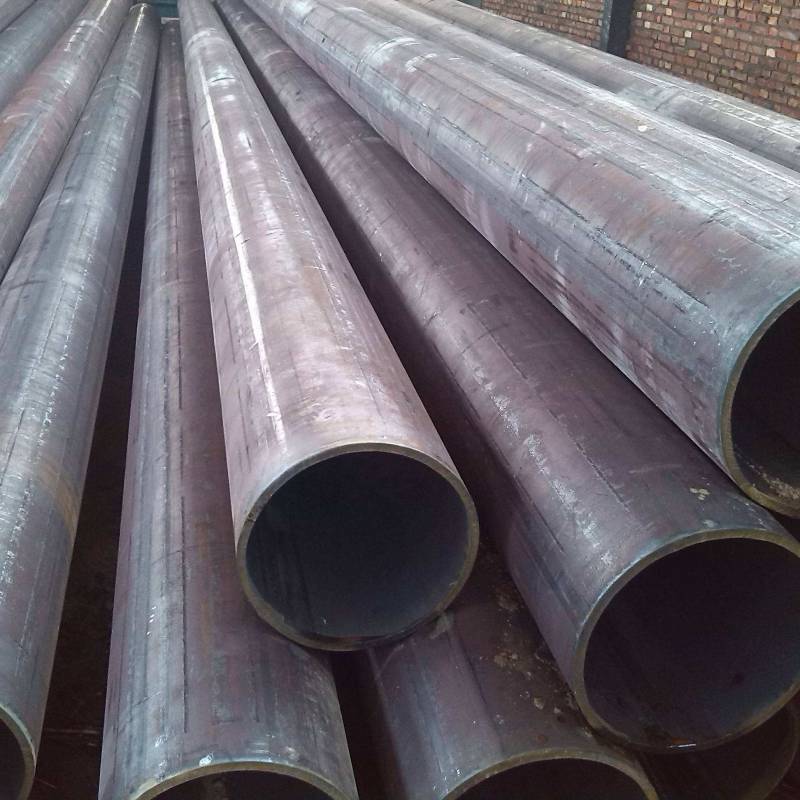-
Cangzhou Yulong Steel Co., Ltd.
-
Phone:
+86 13303177267 -
Email:
admin@ylsteelfittings.com
- English
- Arabic
- Italian
- Spanish
- Portuguese
- German
- kazakh
- Persian
- Greek
- French
- Russian
- Polish
- Thai
- Indonesian
- Vietnamese
- Zulu
- Korean
- Uzbek
- Hindi
- Serbian
- Malay
- Ukrainian
- Gujarati
- Haitian Creole
- hausa
- hawaiian
- Hebrew
- Miao
- Hungarian
- Icelandic
- igbo
- irish
- Japanese
- Javanese
- Kannada
- Khmer
- Rwandese
- Afrikaans
- Albanian
- Amharic
- Armenian
- Azerbaijani
- Basque
- Belarusian
- Bengali
- Bosnian
- Bulgarian
- Catalan
- Cebuano
- China
- China (Taiwan)
- Corsican
- Croatian
- Czech
- Danish
- Esperanto
- Estonian
- Finnish
- Frisian
- Galician
- Georgian
- Kurdish
- Kyrgyz
- Lao
- Latin
- Latvian
- Lithuanian
- Luxembourgish
- Macedonian
- Malgashi
- Malayalam
- Maltese
- Maori
- Marathi
- Mongolian
- Myanmar
- Nepali
- Norwegian
- Norwegian
- Occitan
- Pashto
- Dutch
- Punjabi
- Romanian
- Samoan
- Scottish Gaelic
- Sesotho
- Shona
- Sindhi
- Sinhala
- Slovak
- Slovenian
- Somali
- Sundanese
- Swahili
- Swedish
- Tagalog
- Tajik
- Tamil
- Tatar
- Telugu
- Turkish
- Turkmen
- Urdu
- Uighur
- Welsh
- Bantu
- Yiddish
- Yoruba

Oct . 05, 2024 10:43 Back to list
en 1092 1 pn6
The Impact of EN 1092-1 in The Global Flange Market
In the world of industrial applications, the importance of standards can hardly be overstated. These standards ensure interoperability, safety, quality, and efficiency across various sectors. Among these standards that play a pivotal role in the construction and engineering fields is EN 1092-1. This standard specifically pertains to flanges, which are crucial components in piping systems.
Understanding EN 1092-1
EN 1092-1 is a European standard that specifies the general requirements for metallic flanges used in conjunction with pipes, valves, and fittings. It outlines the dimensions, tolerances, and material specifications for different types of flanges, including weld neck, slip-on, blind, and threaded types. The standard also provides guidelines for testing and certification to ensure that flanges meet the necessary safety and performance criteria.
Importance in Engineering Applications
Flanges are integral to mechanical engineering and piping systems. They provide a method for connecting pipes, valves, pumps, and other equipment in a piping system, allowing for easy assembly and disassembly for maintenance and cleaning. The specifications laid out in EN 1092-1 promote compatibility among components from different manufacturers, ensuring that assemblies function correctly and safely.
The standard is particularly critical in sectors such as oil and gas, water treatment, and chemical processing, where the integrity of a piping system is paramount. Any failure in a flange connection can lead to leaks, operational interruptions, and even catastrophic failures. Thus, adherence to EN 1092-1 helps mitigate risks and enhances safety in these high-stakes environments.
Global Adoption of EN 1092-1
While EN 1092-1 is a European standard, its influence extends far beyond Europe. Many countries around the world adopt these specifications to ensure quality and safety within their industries. This facilitate international trade as manufacturers producing flanges that comply with EN 1092-1 can readily enter various markets, knowing that their products meet recognized standards.
en 1092 1 pn6

The global adoption of EN 1092-1 has also led to a more uniform approach to flange design, manufacturing, and testing practices. As industries strive for greater quality assurance, the need for adherence to widely recognized standards like EN 1092-1 only grows, promoting a culture of quality and efficiency worldwide.
Challenges and Considerations
Despite its widespread acceptance, the implementation of EN 1092-1 is not without challenges. Manufacturers must invest in proper training, equipment, and processes to ensure compliance. The costs associated with adhering to these standards can be substantial, particularly for smaller enterprises. However, the long-term benefits of quality assurance, increased marketability, and reduced liability often outweigh the initial investments.
Moreover, as industries evolve, so too must the standards. Continuous updates and revisions to EN 1092-1 are essential to keep pace with technological advancements and industry innovations. Stakeholders, including manufacturers, regulatory bodies, and industry associations, must collaborate to ensure that the standards remain relevant and effective.
The Future of Flange Standards
Looking ahead, the role of EN 1092-1 in the flange market is likely to grow. As globalization increases and industries become more interconnected, the demand for standardization will intensify. The integration of digital technologies, such as Industry 4.0 and the Internet of Things (IoT), will also push for stricter standards, as organizations seek to enhance safety and efficiency through smart manufacturing practices.
Sustainability is another crucial aspect that may influence the future of flange standards. As industries face mounting pressures to reduce their environmental impact, there may be a shift towards more sustainable materials and processes in flange manufacturing. EN 1092-1 will have to adapt to include criteria that address sustainability, allowing manufacturers to demonstrate their commitment to environmentally responsible practices.
Conclusion
In summary, EN 1092-1 is more than just a technical specification; it is a cornerstone of safety, efficiency, and quality in the flange market. Its significance transcends geographic boundaries, impacting how industries operate on a global scale. As we look to the future, the continuous evolution of this standard will be essential in meeting the changing demands of the industry while promoting safety and sustainability worldwide. Embracing these standards not only fosters a culture of excellence but also paves the way for innovative practices in engineering and manufacturing.
Latest news
-
ANSI 150P SS304 SO FLANGE
NewsFeb.14,2025
-
ASTM A333GR6 STEEL PIPE
NewsJan.20,2025
-
ANSI B16.5 WELDING NECK FLANGE
NewsJan.15,2026
-
ANSI B16.5 SLIP-ON FLANGE
NewsApr.19,2024
-
SABS 1123 FLANGE
NewsJan.15,2025
-
DIN86044 PLATE FLANGE
NewsApr.19,2024
-
DIN2527 BLIND FLANGE
NewsApr.12,2024
-
JIS B2311 Butt-Welding Fittings LR/SR 45°/90° /180°Seamless/Weld
NewsApr.23,2024











